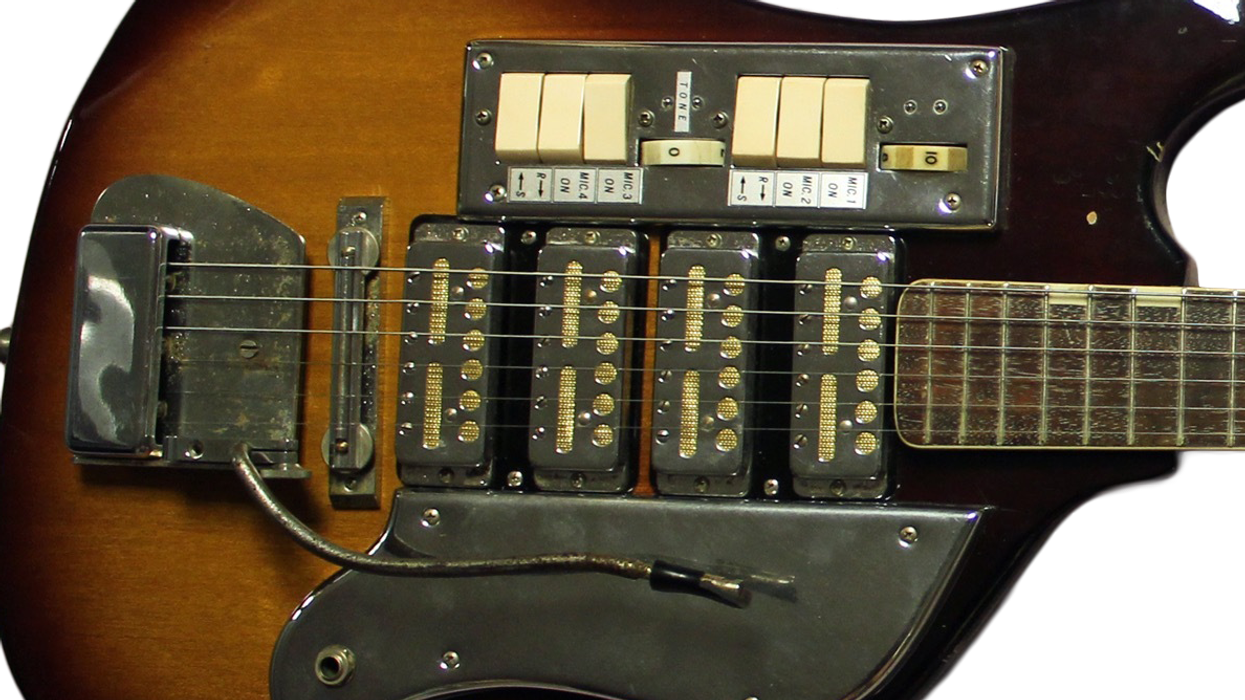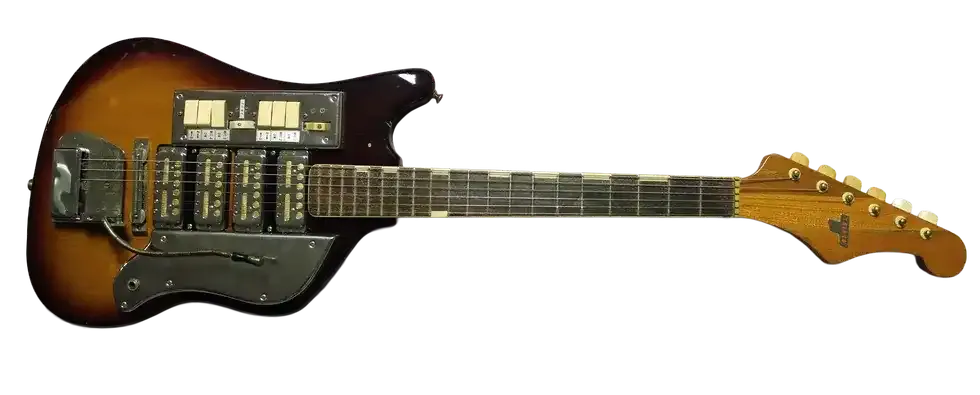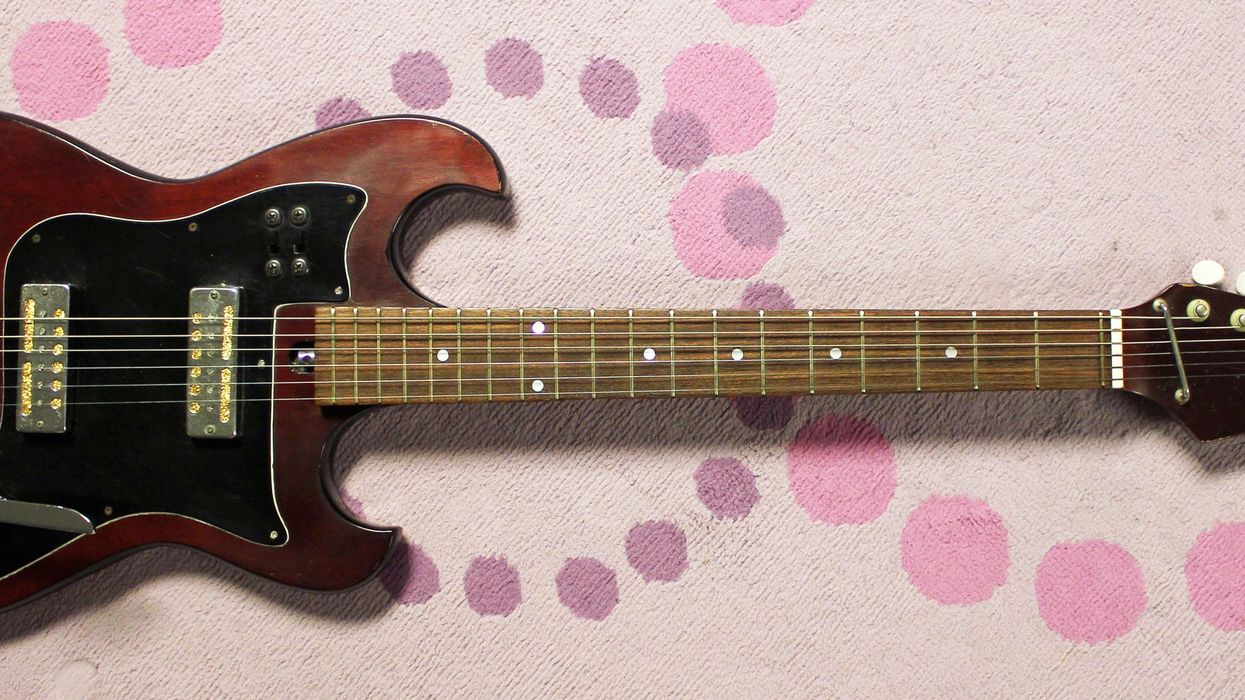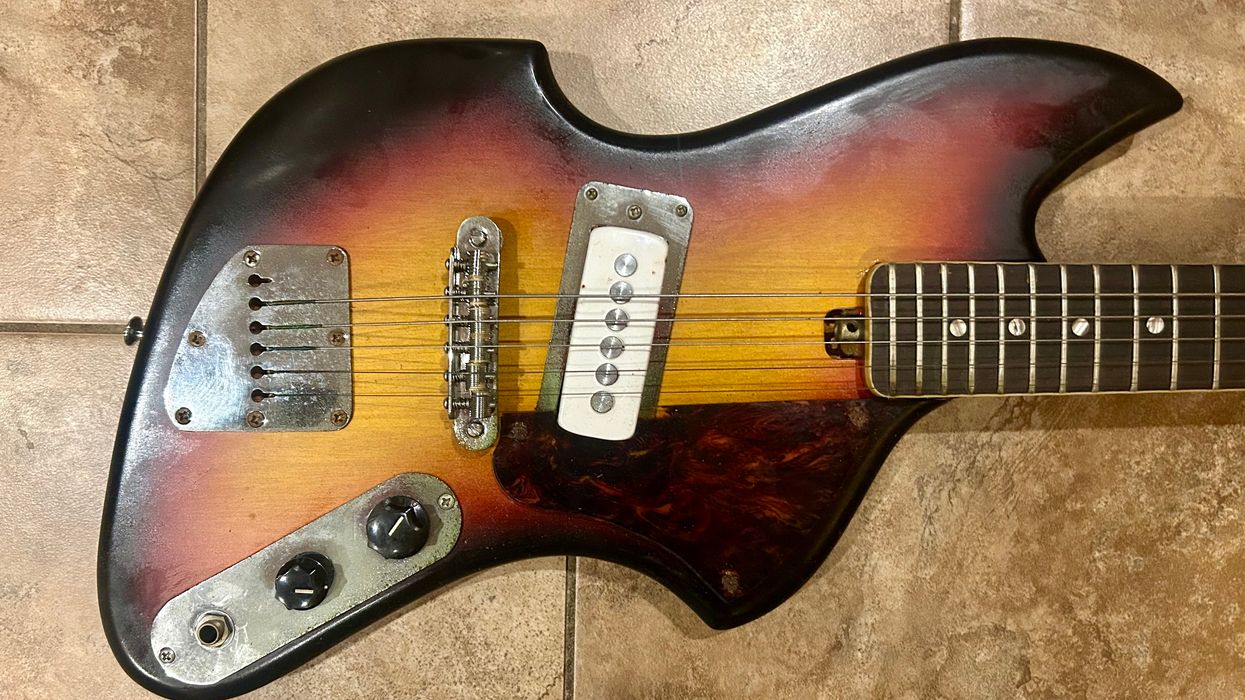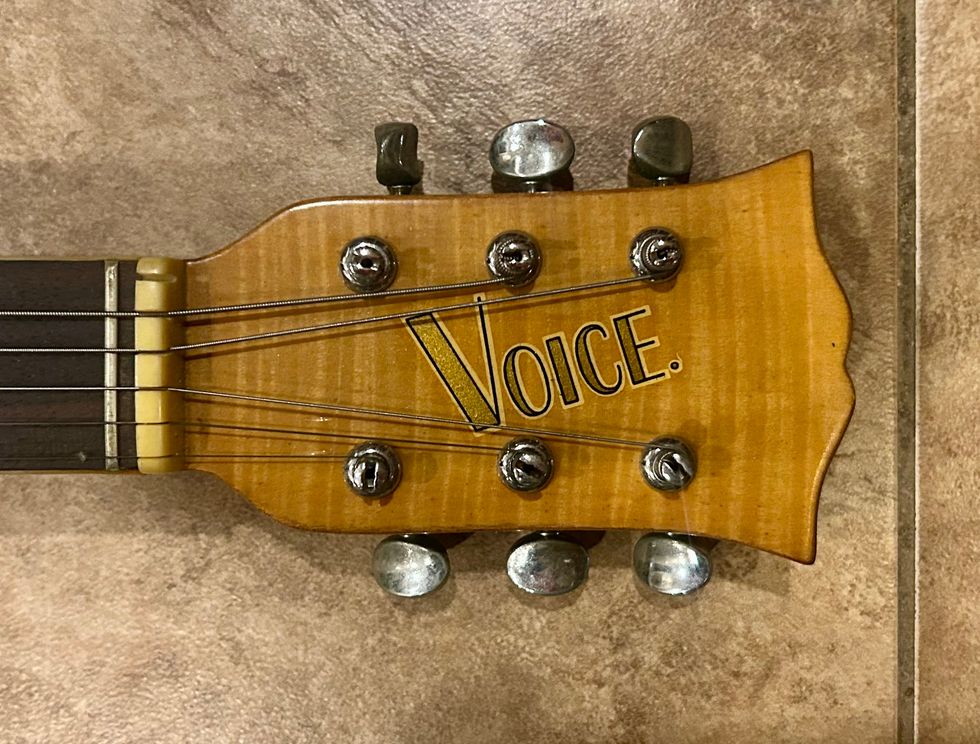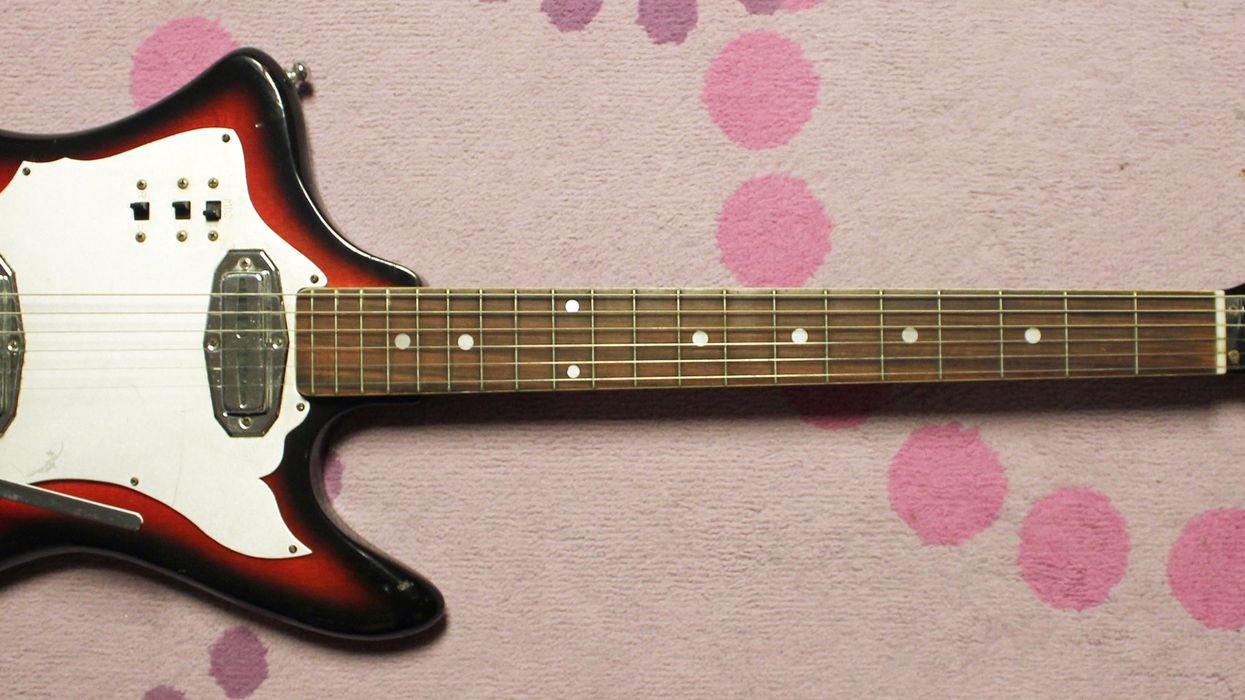During a recent battle with a nasty stomach virus, I laid in bed for three days binging all sorts of shows and movies. One show I discovered was so interesting that I watched the whole series in a day: Wu-Tang: An American Saga. Peeps, I know I talk all the time about punk and blues and guitar-driven music in my column, but I really enjoy old hip-hop, and the Wu-Tang Clan is one of my favorites! The show is a semi-fictionalized story of the group and the collective members.
So, why am I bringing a hip-hop group into a guitar column? Well, because of a scene in one of the last episodes. The idea of the Wu-Tang Clan was primarily the vision of RZA, who produced most of the music and came up with so many of those raw beats. As RZA was thinking about a new direction for the group’s second album, he was shopping at a music store and stumbled upon a lap-steel guitar—a vintage Japanese Guyatone model. That scene highlights how RZA wanted to use more live instruments, and how he wanted to experiment with different sounds. I just love the idea that something like a vintage lap steel caught the imagination of RZA.
Lap steels had a relatively short run but were incredibly popular from the 1930s into the early 1950s, when larger, more sophisticated pedal-steel guitars became the rage. When you think about that era, the 1930s was the dawn of electrical amplification. With this came lap steels and (often) amplifier combos. This was also the same time Hawaiian music became incredibly popular. Soon, lap steels were found across a variety of genres, such as country, blues, gospel, and Western swing music.
“I just love the idea that something like a vintage lap steel caught the imagination of RZA.”
In the early days, there were so many models with interesting designs, flashy colors, and chrome galore. American manufacturers like Fender, Rickenbacker, and Gibson had fine lap-steel guitars. Japanese builders, mainly Teisco and Guyatone, were really cranking out varied and interesting lap steels and amps, and the two companies were primarily selling them to American service members stationed in Japan after World War II.
One of the very first Japanese lap steels, and one of the first products ever made by Teisco, is this one pictured here, built sometime around the late 1940s. I found this unnamed model in a super cool shop named the Tinicum Guitar Barn here in Pennsylvania. (The owner of the guitar barn is one of us—those who do the weird and interesting.)
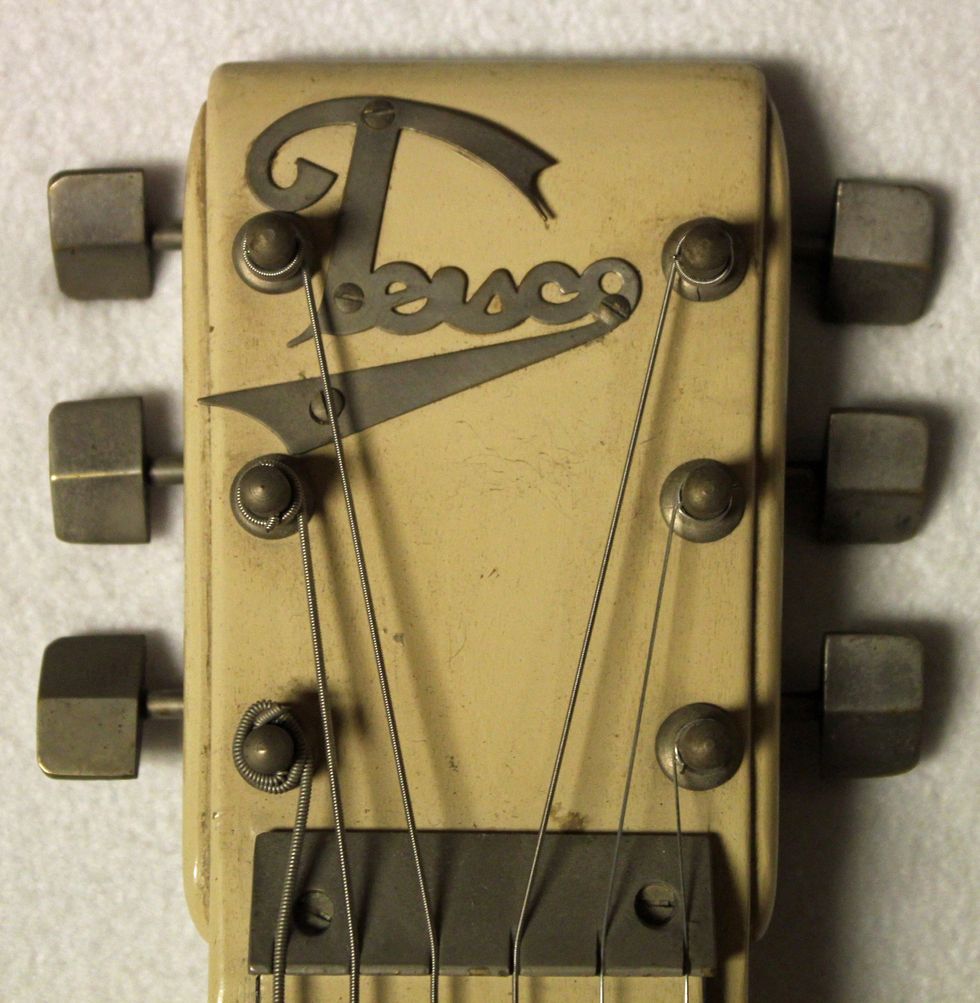
And at the headstock, a logo fit for a baseball jersey.
During one of my trips to Japan, I met with some of the original Teisco employees and they remembered this model and, in particular, the logo. This original Teisco logo was also the same logo used on the uniforms of the Teisco baseball team. If you think about it, lap steels are kind of like a dressed-up 2"x4". But I’ve always marveled at how creative some of these instruments can get, often featuring art-deco touches and elaborate pickup covers. This Teisco represents some of the simple artistic touches that make lap steels just way cool. The pickup has some sort of “built-in” echo that makes for a wonderfully eerie sound. Paired with a boost or mild distortion, you can get sounds like you’d never get anywhere else.
Lap-steel guitars totally have a level of comfortability with us “regular” guitar players. These lap steels are flattened out like a flounder, but it’s a relatively easy instrument to play, and once you get the hang of the sliding steel bar in your left hand, you can create some strange and ethereal sounds straight out of Hawaii. Tune these darn things to just about any open chord and you’re halfway there.
I’m always talking about different guitars and how they can act as a new palette or a new brush to create music, and lap steels can act as that springboard to creative heights for all kinds of artists, like RZA and Wu-Tang. “Protect ya neck”!


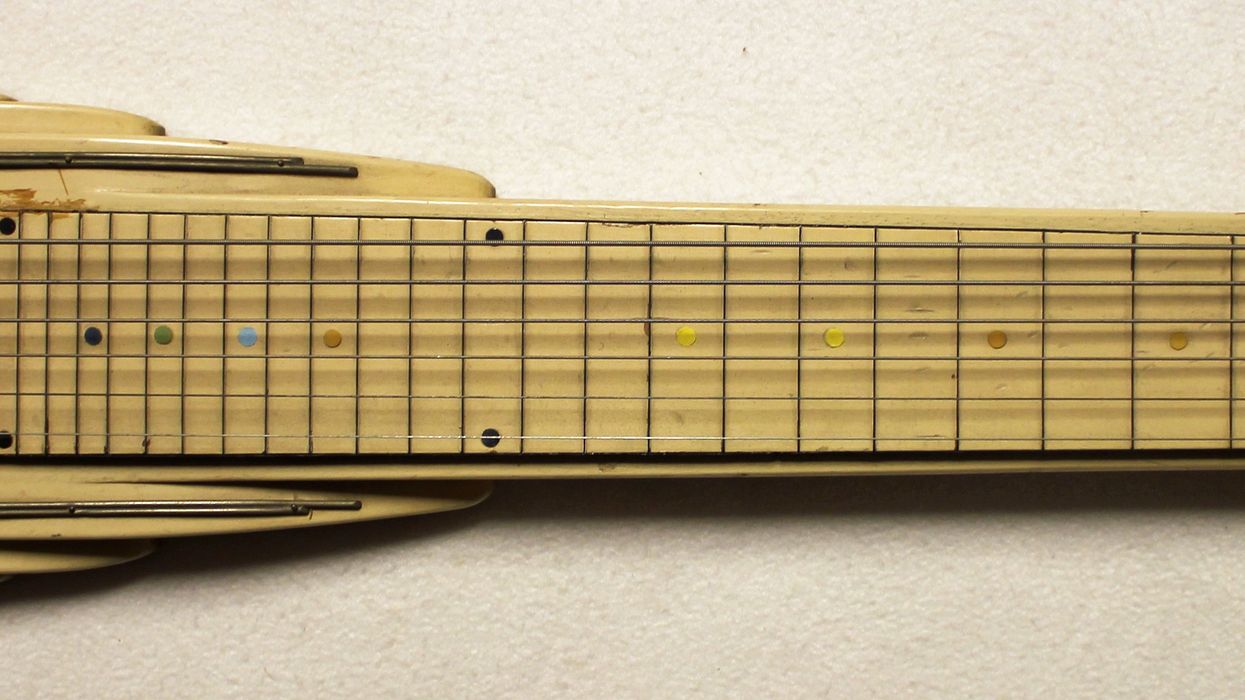


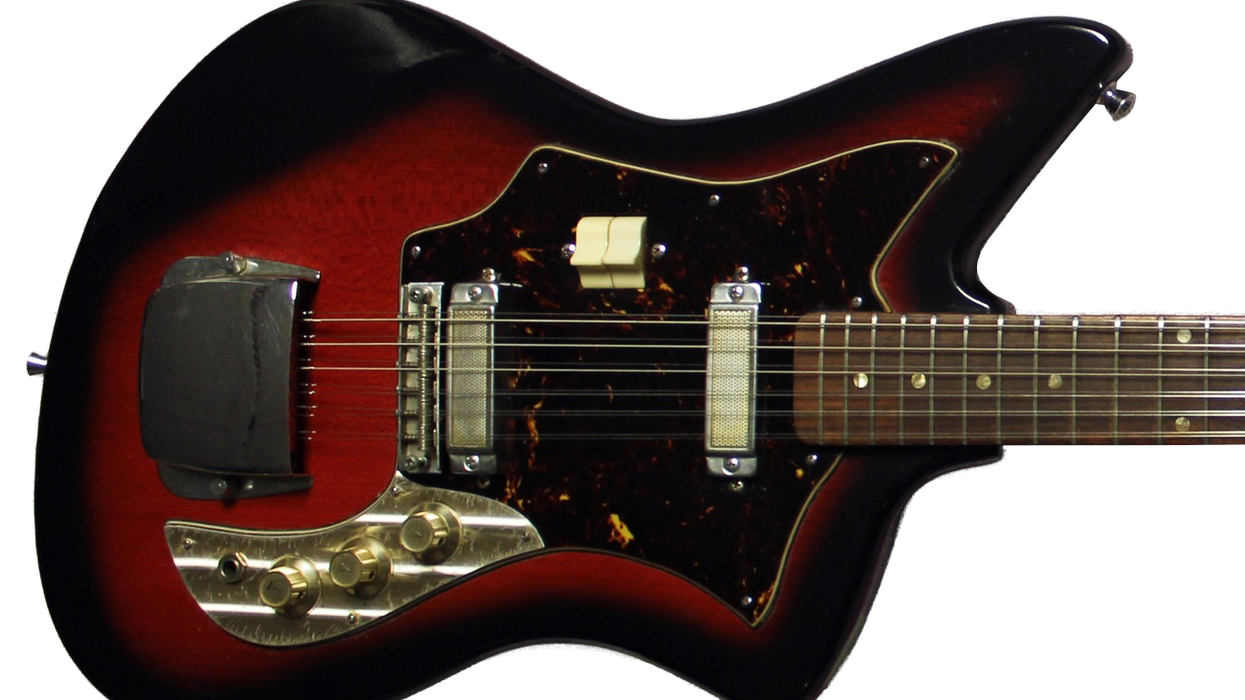
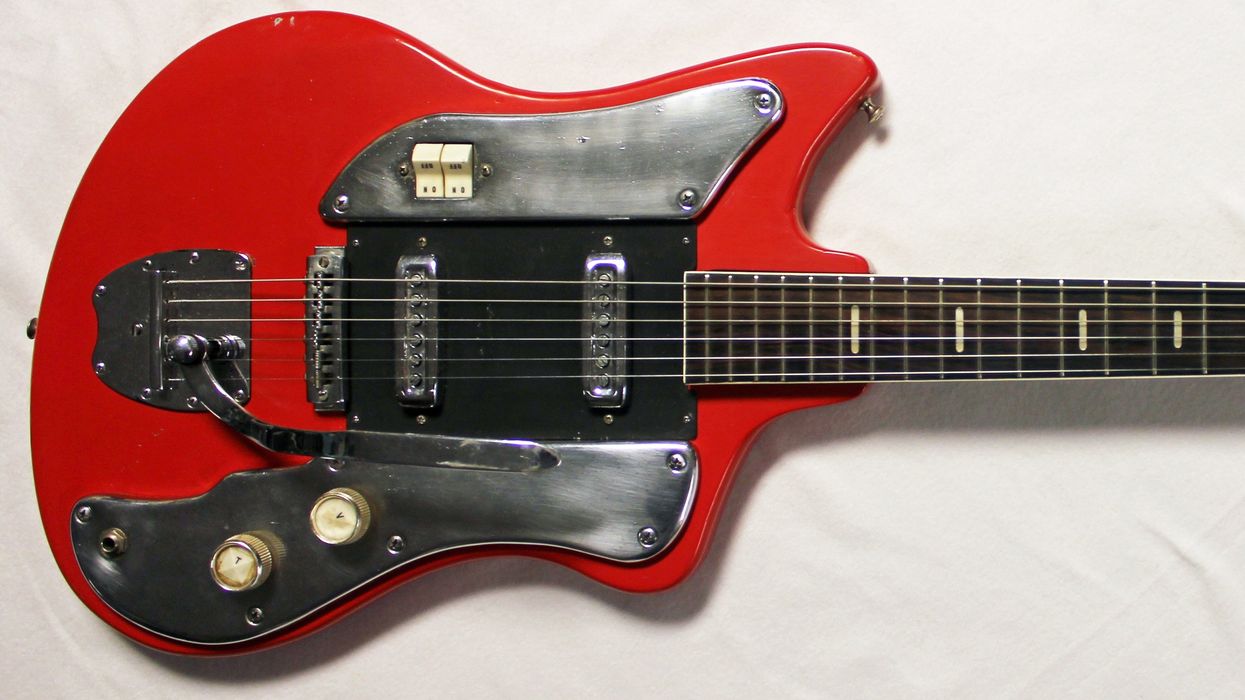
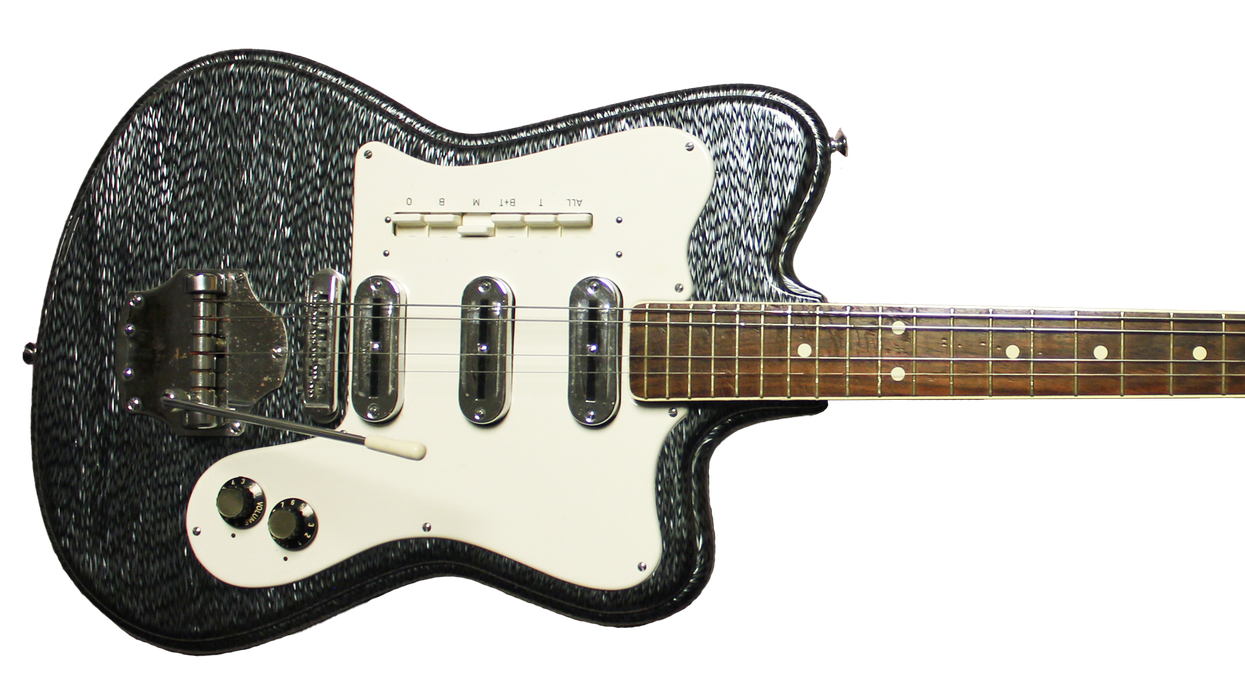
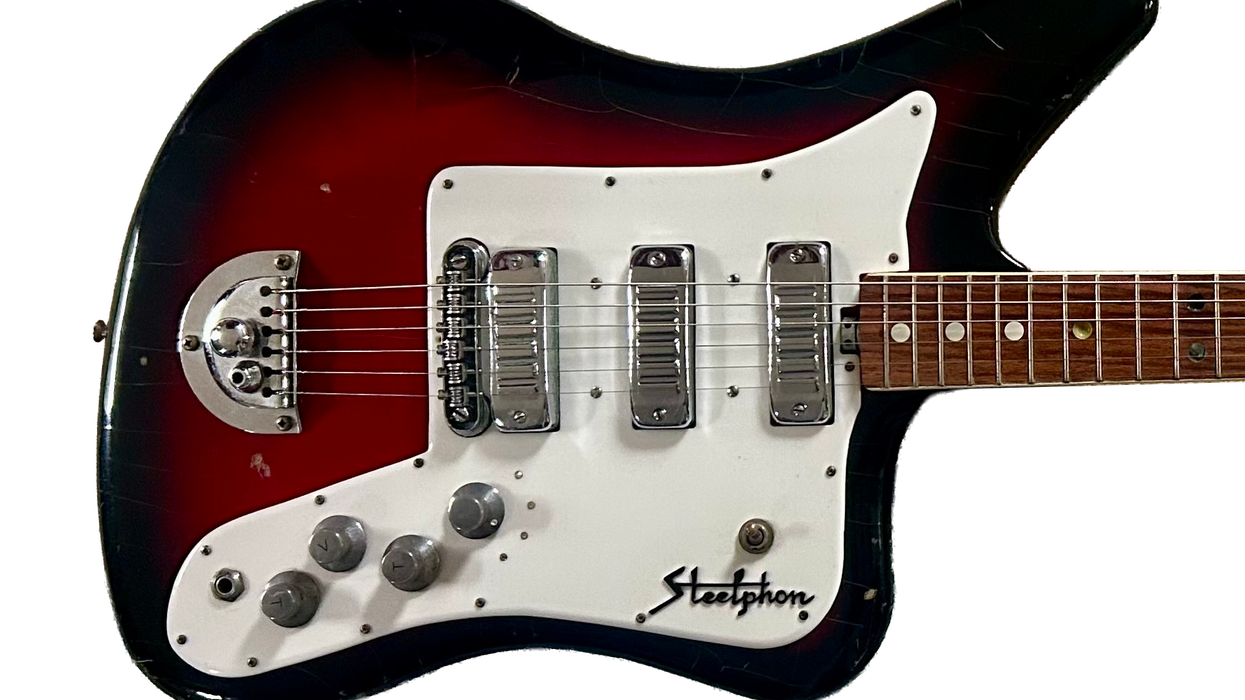
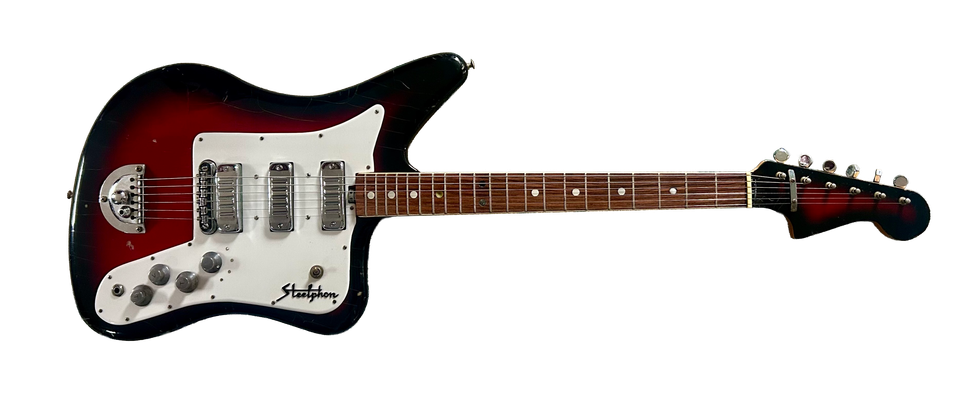 Then, in the dream, I “awoke” and realized I was back in my bedroom, and it was all just a dream. The kicker is that I was still dreaming, because that “paddle” guitar was suddenly in my hands—then I woke up for real! How about that misadventure?
Then, in the dream, I “awoke” and realized I was back in my bedroom, and it was all just a dream. The kicker is that I was still dreaming, because that “paddle” guitar was suddenly in my hands—then I woke up for real! How about that misadventure?

![Rig Rundown: Russian Circles’ Mike Sullivan [2025]](https://www.premierguitar.com/media-library/youtube.jpg?id=62303631&width=1245&height=700&quality=70&coordinates=0%2C0%2C0%2C0)



